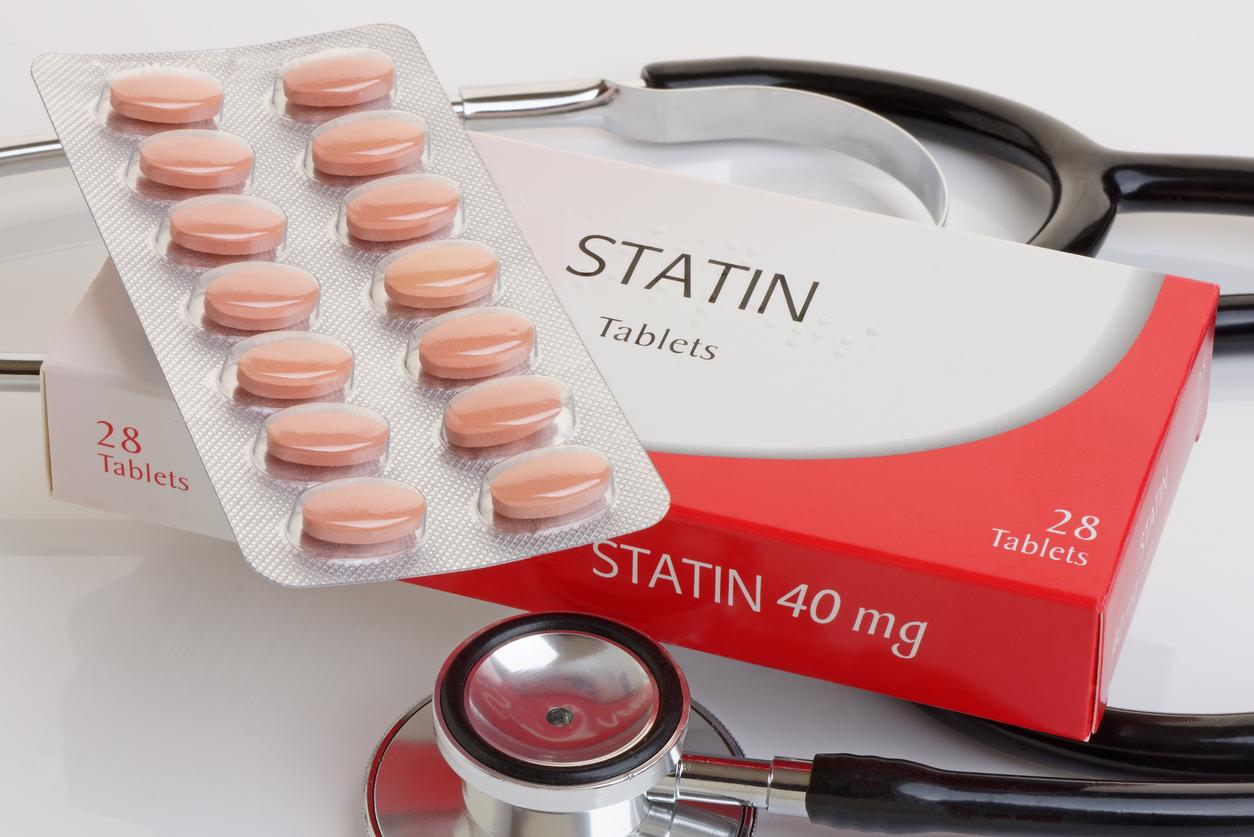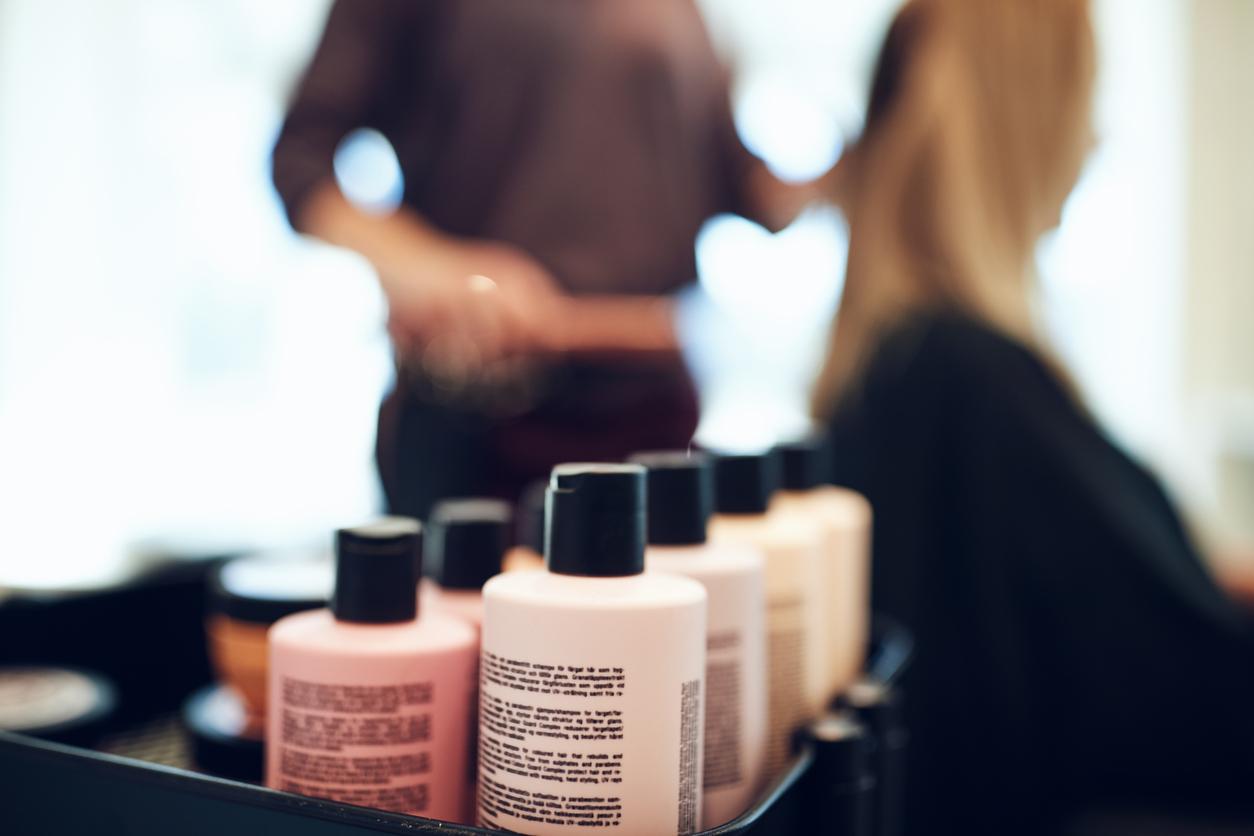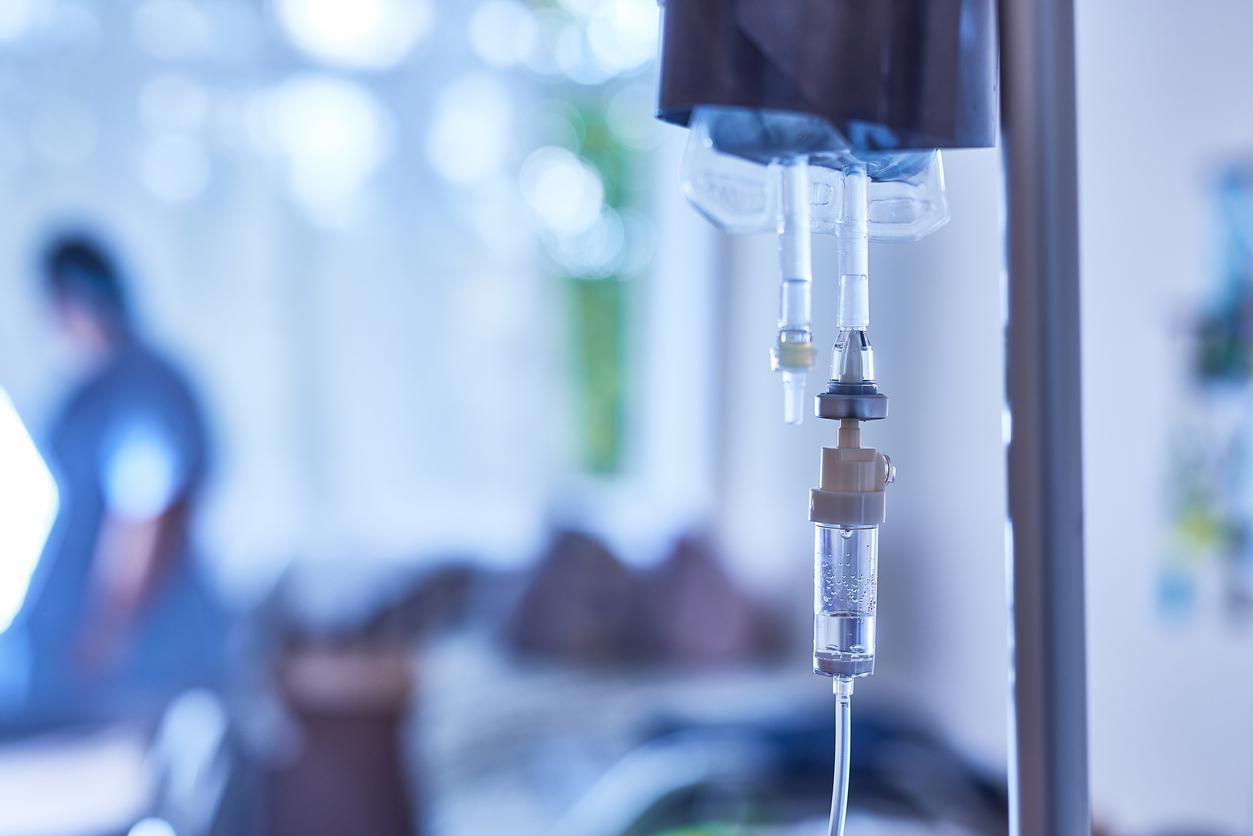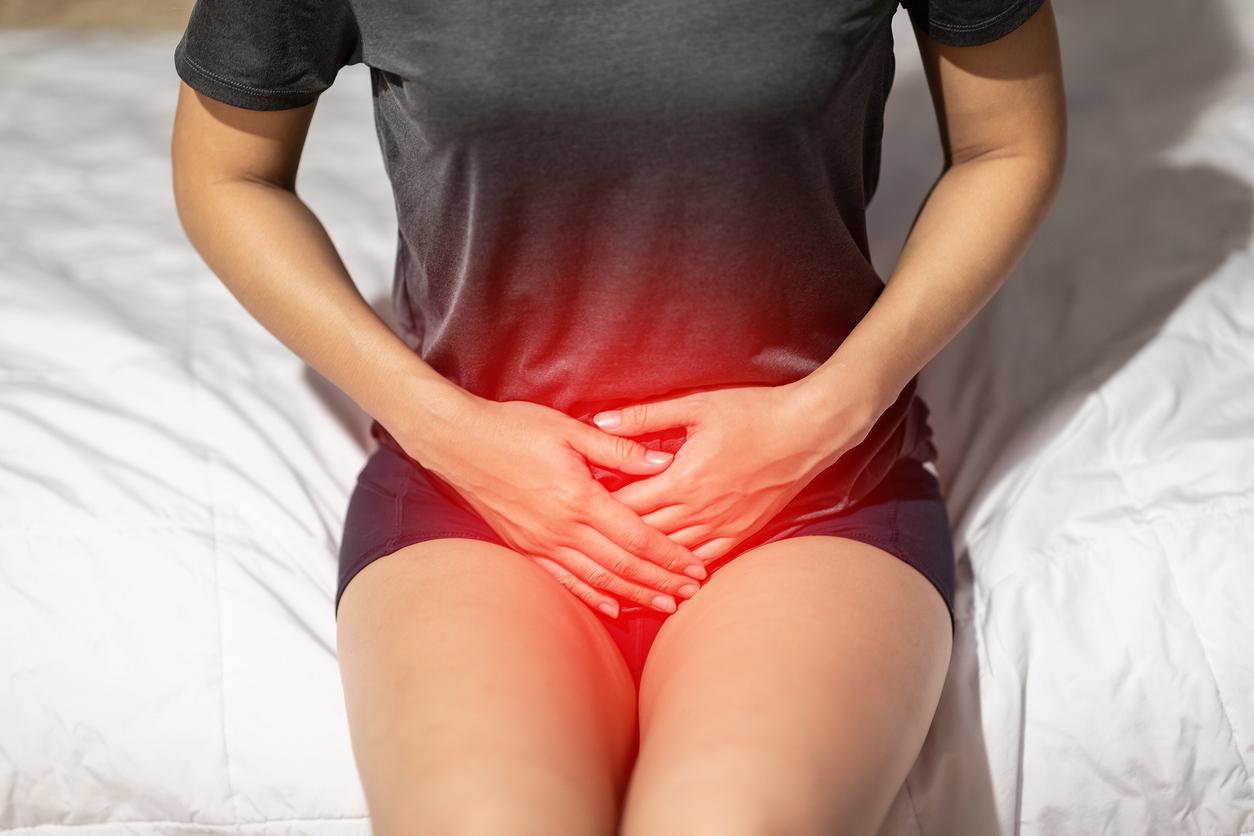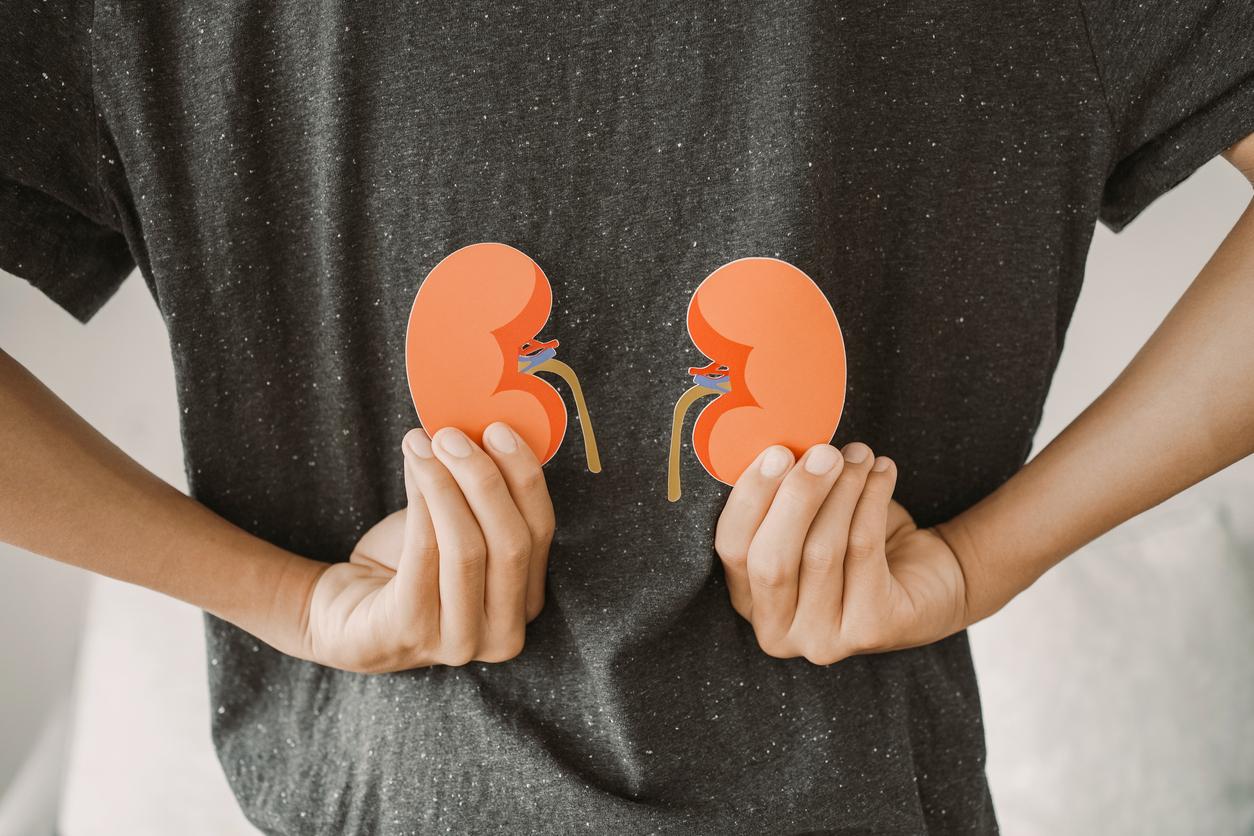After having misplaced this small flexible container, which fits into the vagina in order to recover the blood, an 30 -year -old developed a ureterohydronephrosis.
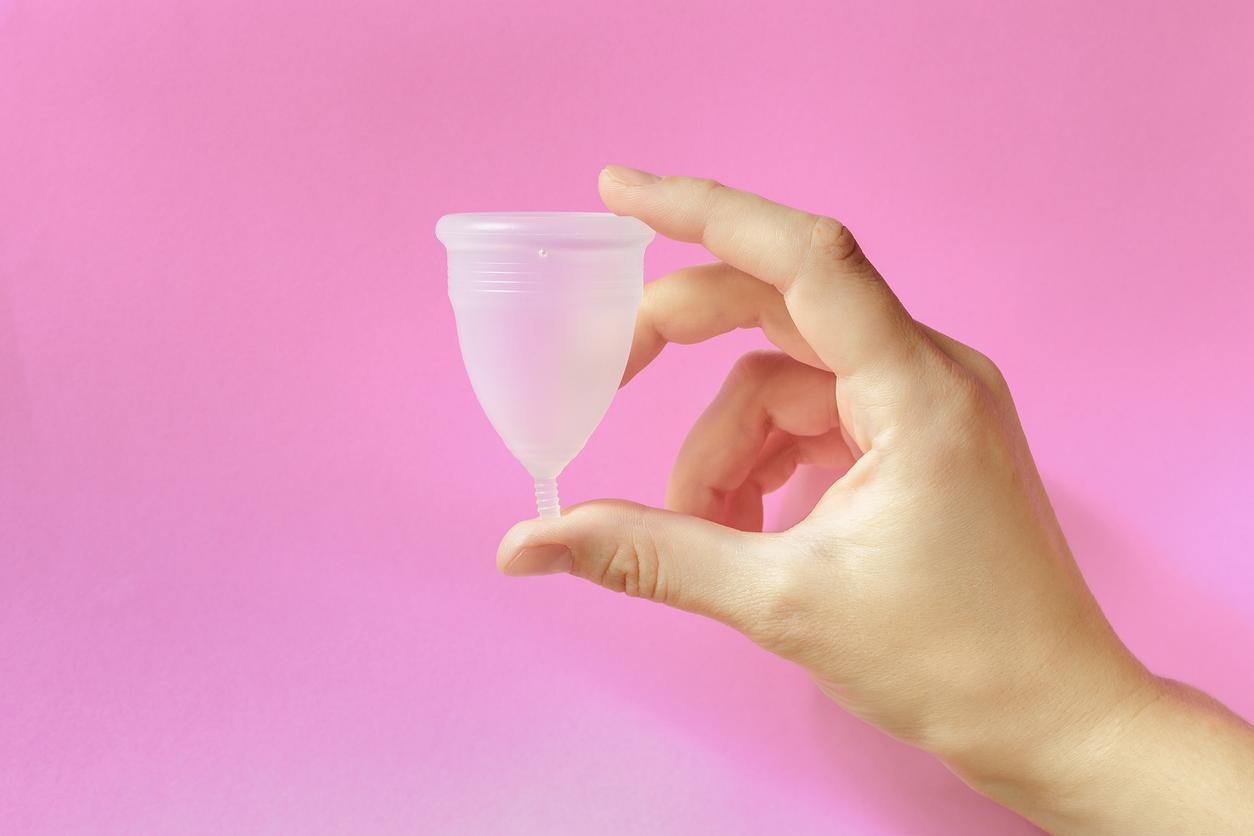
- Due to a poorly positioned menstrual cut, a young woman suffered from ureterohydronephrosis, that is to say that her right kidney was inflated by the blocking of the flow of urine in the bladder.
- After using this device less for six months, its symptoms have completely disappeared.
- “Women and clinicians must be better informed about the correct use and the potential complications of menstrual cuts,” according to Danish doctors.
During the rules, the menstrual cuts are inserted into the vagina to collect blood. These devices, most often emptied every 4 to 12 hours, can be reused up to 10 years. Since these small containers constitute a lasting alternative to single -use hygienic protections, they are increasingly used. “Knowledge of side effects is rare, but those reported include pain, vaginal wounds, allergic reactions, leaks, disloding intrauterine devices, urinary incontinence, infections, toxic shock syndrome and The infection of the upper urinary tract. However, certain serious complications have been revealed “, According to doctors from Aarhus University Hospital (Denmark). Indeed, in a recent study, published in the journal BMJ Case Reportsthe case of a young woman in her thirties has been reported.
Ureterohydronephrosis caused by a poorly positioned menstrual cut in the vagina
This patient appeared in hospital due to right -back pain and the pool for about six months. The latter were light, occurring two to five times a week, lasted about an hour and were often associated with a pressing feeling of envy. During the same period, she noted a macroscopic hematuria several times, the presence of blood in the urine. Before examining, health professionals asked him about his previous health problems. “Apart from a gastric sleeve and endoscopic ablation of a 9 mm ureteral calculation near the right ureteral ostium three years earlier, it had no surgical or medical history”, Can we read in the report. The 30-year-old also explained that in addition to having an intrauterine copper device, she used one or two days a month, during the most abundant period of her rules, to a menstrual silicone cut, of 46 mm In diameter, whether it emptied both or three hours without there being any leaks.
“His serum creatinine level was normal (44 µmol/L), his urine analysis showed hematuria and protein signs, and the flexible ambulatory cystoscopy was normal”, said practitioners. As for the scanner, he did not reveal any urinary calculation or any other cause of the presence of blood in the urine. On the other hand, the Urography by computed tomography has shown ureterohydronephrosis. More specifically, his straight kidney and its urethra (the tube which evacuates the reins urine) were swollen. The examination also unveiled the presence of a menstrual cup placed right next to the opening of the ureter in the bladder (ureteral ostium). Clearly, it was poorly positioned in the vagina.
Menstrual cut: “women and clinicians must be better informed about the correct use”
From this discovery, the patient withdrew the cut and saw a reduction, up to a disappearance, of symptoms. The doctors concluded that the menstrual cup had obstructed the flow of the urine of the right ureter. They therefore asked him not to use this device during his next rules and return for an exam. Six months later, his state of health was normal. The young woman had confided that she usedly served this small container for three to four hours in a row during outings at the swimming pool. For fears of possible complications, she did not use it more.
“To our knowledge, only a few similar cases have been reported before. (…) Women and clinicians must be better informed about the correct use and the potential complications of the menstrual cuts. (…) When the terminal part of the ureters passes in The bladder, it is close to the vagina, which can affect the urinary drainage of the ureter. And the cutting size, are important to prevent negative effects on the upper urinary tracts “wrote the authors.









